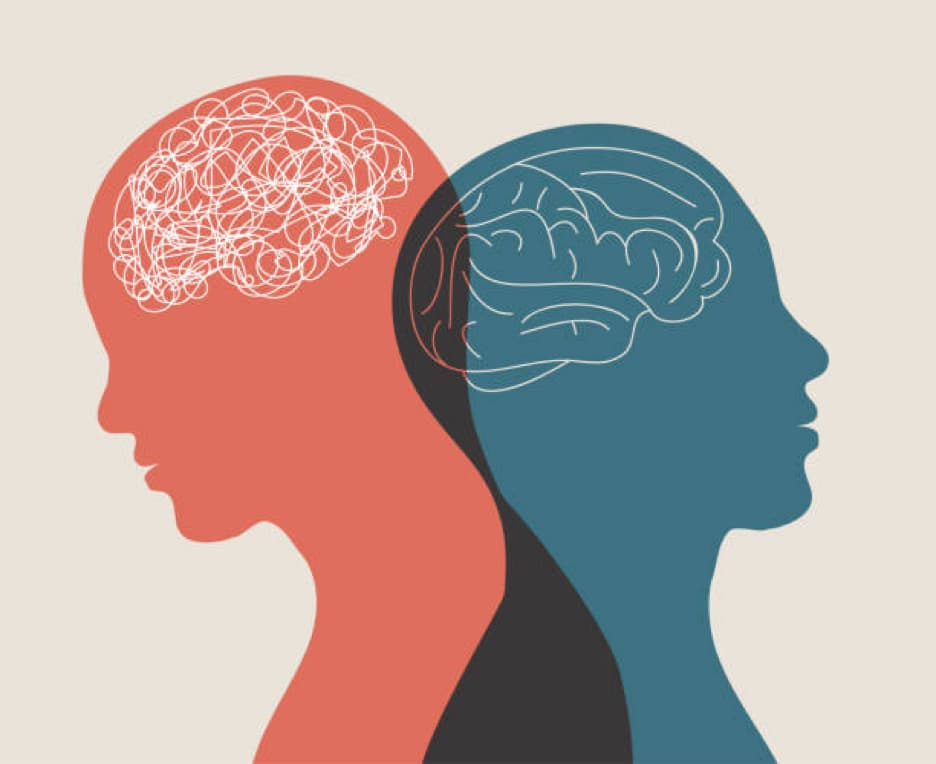Worrying and anxiety are terms often used interchangeably, but they are not quite the same. While both can be emotionally and mentally taxing, understanding their distinctions is crucial for better managing and responding to them.
What is Worrying?
Worrying refers to the process of thinking about and being concerned with potential problems or outcomes in the future. It is a natural response to uncertainty or a perceived threat. Worrying tends to be tied to specific situations or events that may or may not happen, such as a job interview, a health scare, or an upcoming exam. While worrying can feel uncomfortable, it is often temporary and resolves once the situation is dealt with or passed.
For example, if you’re worried about an important meeting the next day, you may spend time preparing your presentation. Once the meeting is over, your worry generally diminishes.
What is Anxiety?
Anxiety, on the other hand, is a more pervasive and ongoing emotional state that is not always tied to specific events. While worry is future-oriented, anxiety often involves a general sense of fear, dread, or unease about the future, even when there may not be a clear reason or immediate threat. Anxiety can arise from a variety of internal or external sources and can persist even in the absence of any apparent problems.
For instance, someone with generalized anxiety disorder (GAD) might feel anxious about things that others would typically not find concerning, such as being late for an appointment or even an inconsequential conversation. These feelings can persist even when no clear threat is present.
Key Differences Between Worrying and Anxiety
While worrying and anxiety share some similarities, such as an emotional focus on potential negative outcomes, they differ in several significant ways:
- Duration:
- Worry is typically short-term and linked to specific situations or decisions.
- Anxiety is more long-lasting and can linger even in the absence of specific triggers.
- Specificity:
- Worry usually revolves around particular events or outcomes, such as an interview or a deadline.
- Anxiety is often more generalized and can occur without clear, identifiable reasons.
- Physical Symptoms:
- Worry doesn’t typically produce physical symptoms; if it does, they are less intense.
- Anxiety, especially in its more severe forms, can lead to physical reactions like increased heart rate, muscle tension, and difficulty sleeping.
- Impact on Functioning:
- Worry might lead to temporary stress or discomfort but does not cause significant disruption in daily life.
- Anxiety can impair one’s ability to function effectively, leading to avoidance behaviors, social isolation, or an inability to focus on tasks.
When Does Worrying Become Anxiety?
It’s important to note that worrying can escalate into anxiety if it becomes excessive, uncontrollable, and chronic. For example, if someone continuously worries about things that might happen and becomes overwhelmed by these thoughts, it may evolve into an anxiety disorder. This is especially true if the worry affects the person’s daily life, causing them to experience physical symptoms like heart palpitations, difficulty breathing, or sleep disturbances.
People who experience chronic worry may find it helpful to seek professional help. If you are interested in getting help, please reach out and we are here to help!
By Kaitlynn Russell, Clinic Assistant at ICC







